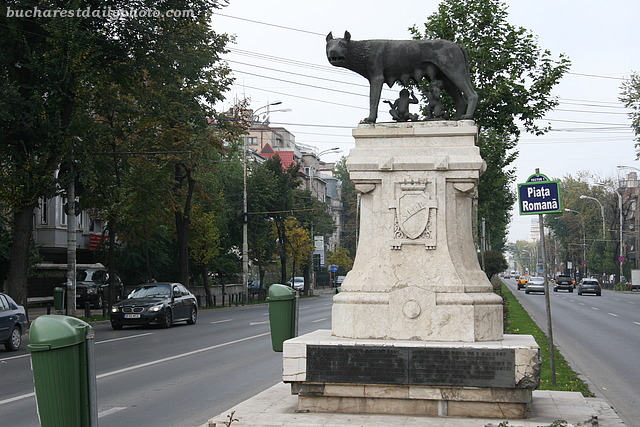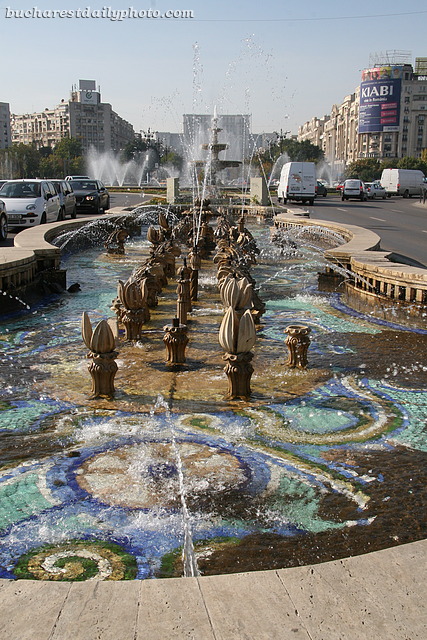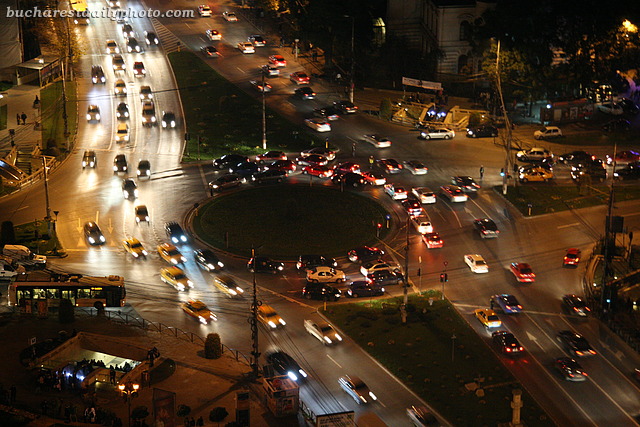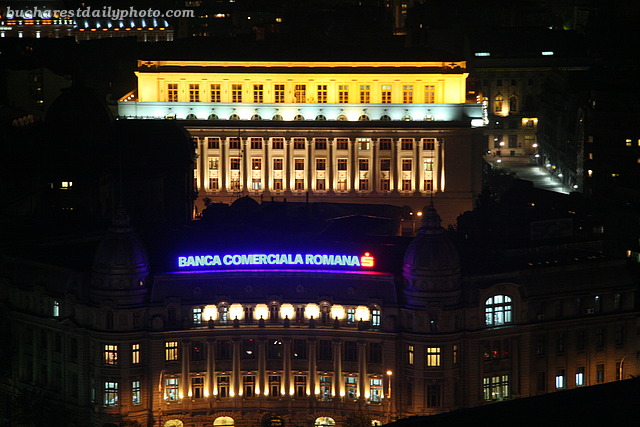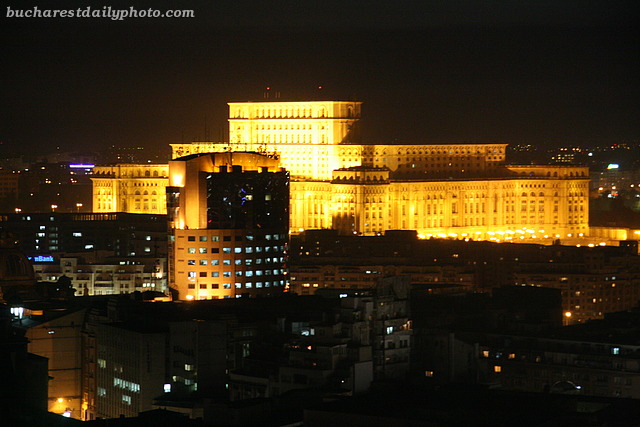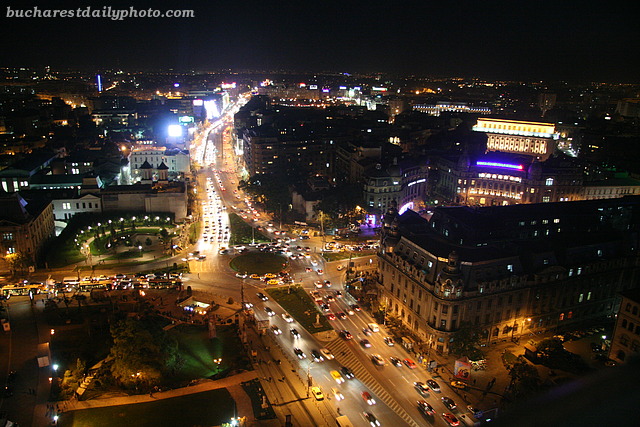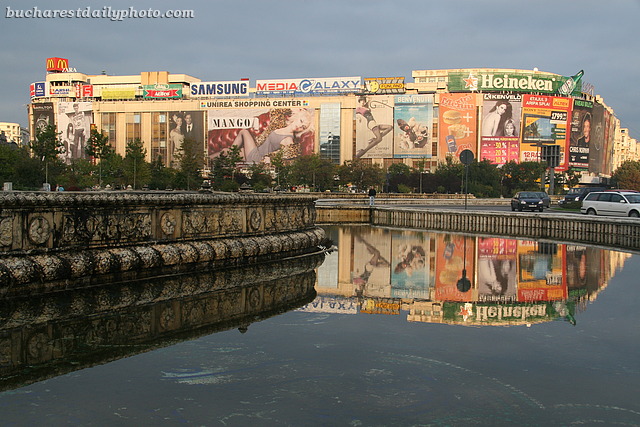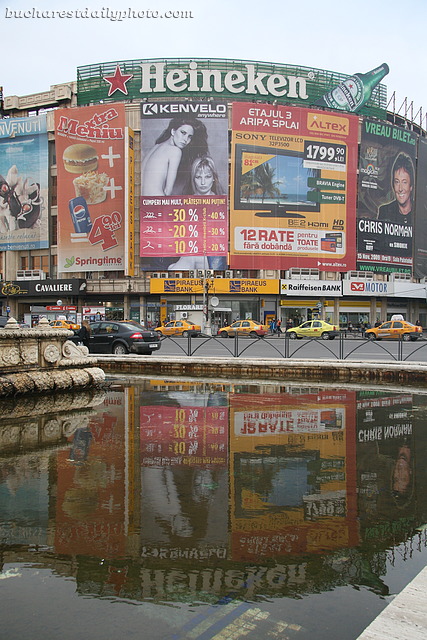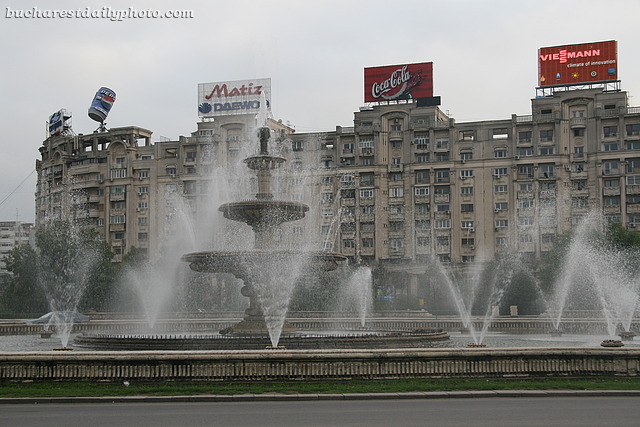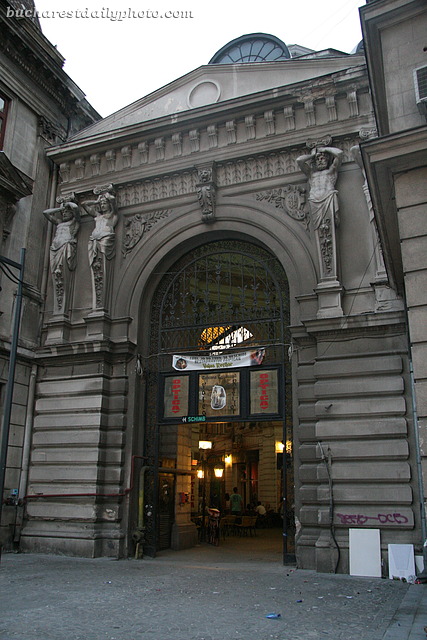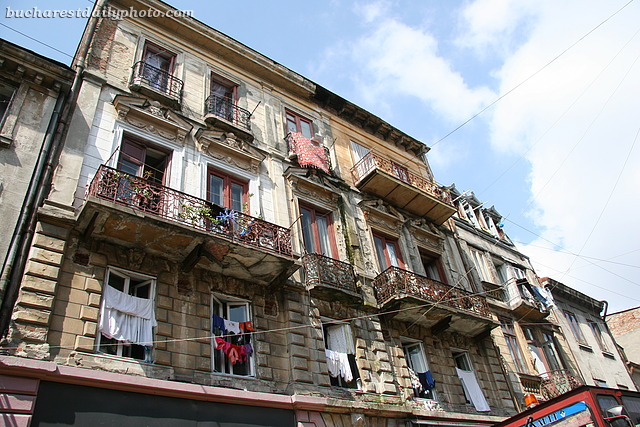I guess most of you are familiar with the famous statue of the Capitoline Wolf, the symbol of the founding of Rome. The statue depicts the twin brothers Romulus and Remus suckling on a she wolf. The original sits in Museo Nuovo in the Palazzo dei Conservatori on Rome’s Campidoglio. There is still a debate going on regarding its attribution and dating. I can’t help the debate regarding the origin of Rome’s Capitoline Wolf, but I think I can tell you where Bucharest’s She Wolf (Lupoaica in Romanian) came from. This statue was a gift from the city of Rome given to Bucharest in 1906 with the occasion of the “General Exhibition of Romania” (also named “Jubilee National Exhibition”) which marked three events: 40 years since the crowning of King Carol I as the ruler of Romania, 25 years since the Proclamation of Independence by the Romanian Kingdom, and 1,800 years since the emperor Trajan’s colonization of Dacia (current day Romania) in 106. The exhibition, modelled after the World Fair that took place in Paris in 1900, was located in Carol I Park and was intended to show the progresses made by Romania in different areas: politics, culture etc. The statue was first displayed at the Roman Arenas in Carol Park. After this short moment of glory, the poor She Wolf was moved from one place to another, all around Bucharest. From the Roman Arenas the statue was taken to St. George Square (Piaţa Sfântul Gheorghe in Romanian) only to be relocated again on the Metropolitan Church Hill in 1931. While there, she was the reason of a little controversy because some inventive mind came up with the idea that the She Wolf has its back to the altar, being totally impolite in that regard. So in 1965 it was moved again to a little park in the Dorobanţi Square. Finally, in 1997 it was brought to its current location, a corner of the Roman Square (Piaţa Romană in Romanian) in downtown Bucharest. But the story doesn’t end here. To top it all off, the mayor of Bucharest announced a few months ago – among some protests – that he is thinking of moving it again by the end of the year, this time close to its original location in St. George Square. But so far the She Wolf still sits in the Roman Square, watching patiently the nightmarish traffic of Bucharest and probably staring at the huge Coca Cola bottle that’s been dominating the square for the last two years.
And since I talked about them last week, here’s one more Union Square fountain shot. This will be the last one in the fountain series. I promise to move on to a new subject tomorrow. If you look closely at the picture you can spot the Palace of Parliament in the background.
And last but not least, and I promise to move on tomorrow 🙂 , a close-up of the University roundabout on a Thursday at 19.30 (7.30 PM).
The series with Bucharest’s night shots continues with a photo of two banks: in the foreground we see the Romanian Commercial Bank, the largest bank in Romania, and in the background the National Bank of Romania, which is the the central bank of the country, the one that controls the exchange and the interest rates, supervises the credit institutions and issues the local currency, banknotes and coins.
For today the (in)famous Palace of Parliament looming over the city’s skyline. The building that partially blocks the view is the tower of Bucharest Financial Plaza.
Yesterday I took some nightly photos of Bucharest and I will be bombarding you with them the next few days. For today we have the roundabout at the University Square.
In today’s picture we have the Unirea Shopping Center that I mentioned in my yesterday’s post. It was built in 1977, during the communist regime. I tried to remember when was the last time that I saw the facade of this building but I can’t remember. What I can tell you is that for a long time it’s been covered by these huge advertisement panels. And since we have no choice but to cope with this visual pollution, I thought I’ll have some fun with it and took these reflection photos. The building is reflecting in the fountains that I also mentioned yesterday, which as you can see are in dire need of a cleaning.
If you come from the southern part of Bucharest, the Union Square (Piaţa Unirii in Romanian) is where the downtown, the city center starts. Two of Bucharest subway lines intersect here and the square is the site of one of the city’s department stores, Unirea Shopping Center. Unfortunately this place was also Ceauşescu’s playground for experimentation, as the square was caught in his plan for “urbanization” and creation of the ugly soviet style Civic Center. I’ve talked before about the extended demolitions that took place in order to make space for the Civic Center. All the buildings located in and around Unirii Square fell prey to these plans. The Brâncovenesc Hospital (where yours truly was born 🙂 ), the Sfânta Vineri Church, the Sfântul Spiridon Church, the Văcăreşti Monastery and many others historic buildings and monuments as well as lots of private houses were virtually wiped out. Instead of these, The Unirii Square is nowadays surrounded by grim, tenement blocks of the communist era, lined along the Unirii Boulevard which was built during the Communist era under the name of “The Boulevard of the Victory of Socialism” (against Bucharest), and renamed after the Romanian Revolution of 1989. Along the Unirii Boulevard, Ceauşescu’s architects envisioned a series of truly ugly fountains and on a stroll of the area yesterday afternoon I found one of them – the biggest – still working. They are usually being turned off in the cold season.
I’ve already showed you photographs of the Macca-Vilacrosse Covered Passage but I can’t help showing it to you once more. Actually this time I’m posting a shot of the entrance to the passage from Eugen Carada Street, across from the National Bank in the historic Lipscani district.
I was reading an article on the Internet about how a new controversy has sprung up in the USA. Apparently, there is new battle to be fought between the ecologists who think hanging your clothes out to dry saves the planet by saving energy and those who think that clotheslines are unsightly and make the neighborhood look poor and in decline. The ecologists quote studies that show that dryers are second only to refrigerators and air conditioners as the top energy consumers in most US homes. There is a “right to dry” movement and even a website that addresses the issue. I don’t know how many of the citizens of Bucharest have heard about these concerns, but in Bucharest many people hang their clothes out to dry. They’re not doing it to save the planet, they’re doing it because dryers are almost unheard of in Romania. I don’t think you can find more than 1000 households in Bucharest that own a dryer. And some of those who own a dryer still hang their clothes out to dry because “they don’t like the smell of the dryer”. I heard that there was a proposal for a law that would forbid the hanging of clothes on the balconies in Bucharest, but I have no idea if the law passed or not. Fact is, a stroll through the city would reveal many balconies with hanging clothes.
